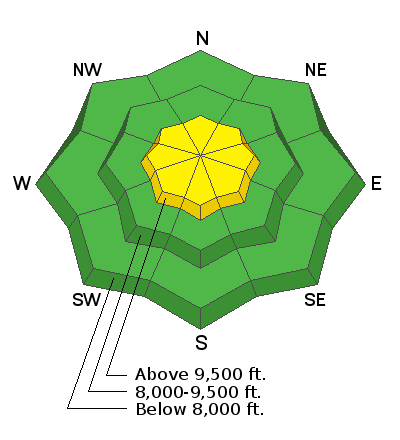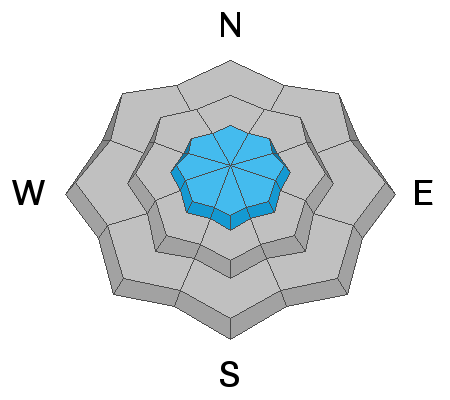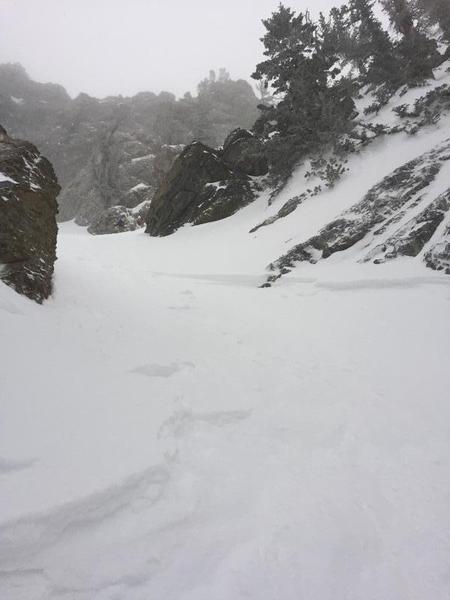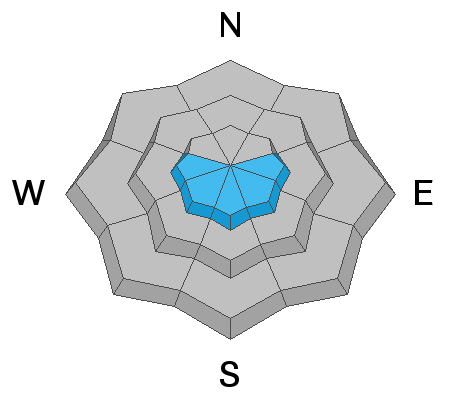Forecast for the Salt Lake Area Mountains

Issued by Mark Staples on
Thursday morning, January 23, 2020
Thursday morning, January 23, 2020
A MODERATE avalanche danger exists on upper elevation slopes with wind drifted snow. There remains a chance for triggering a shallow soft slab avalanche in the new snow. Mid and low elevations have generally safe avalanche conditions and a LOW danger.
Lose a little elevation and avoid slopes with fresh wind drifting, and you'll avoid most avalanches today.

Low
Moderate
Considerable
High
Extreme
Learn how to read the forecast here









